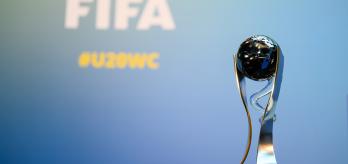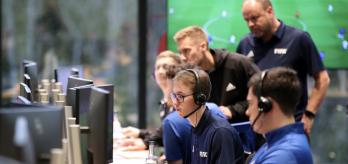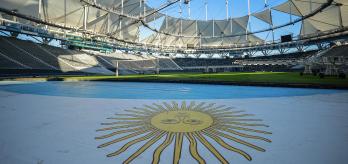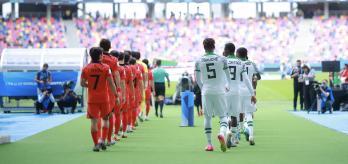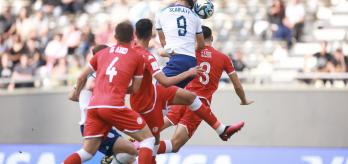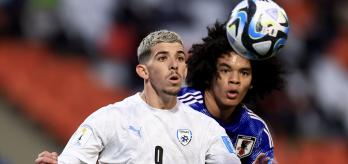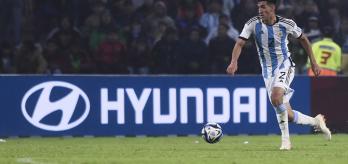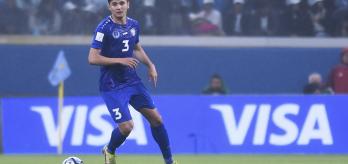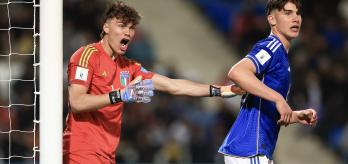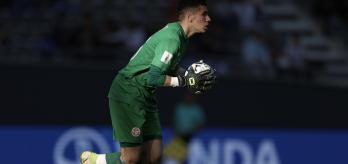With 15 of the 28 goalkeepers registering average positions from goal that are above the tournament average of 28.7m, the data provided by our performance analysis and insights team showed that France goalkeeper, Thimothée Lo-tutala was the highest positioned goalkeeper (32.9m) with two games played but was not needed to defend the space.
Only two other goalkeepers were not needed to defend the space, Asrorbek Kenjaev (UZB) and Youkasseh Sanyang (GAM) while both Korea Republic goalkeepers defended the space above the tournament average, despite one of them (Moon Hyun-ho) having only played a single match.
Brazil goalkeeper Mycael, positioned fifth furthest from goal (30.9m), defended the space on four occasions at the furthest distance from goal (26.3m). Interestingly, Sebastiano Desplanches (ITA), who was positioned 14thfurthest from goal (28.7m), defended the space at a distance second furthest from goal (25.7m) on seven occasions.
While Matthew Cox (ENG), positioned second furthest from goal (32.7m), was only required to defend the space twice at the fifth highest distance from goal (25.0m).
For Pascal Zuberbühler the decision-making by goalkeepers when faced with the option of defending the space is crucial. Their ability to recognise and understand the positioning between their defenders and attacking players is vital in determining whether to defend the space or defend the goal.
In the first clip below, Italy goalkeeper (1) Desplanches adopts a good starting position 3m from his goal and gets set early in the event of an attempt at goal from outside the penalty area. As soon as the play develops, he recognises the run of the attacking player eliminates his defender from the situation, so he makes the correct decision to defend the space.
There are also examples of goalkeepers defending the space effectively in different situations.
Zuberbühler explains, “Goalkeepers must have intelligence in these situations and must have the ability to read the situation and be able to adjust as circumstances change. Defending the space requires quick decisions, timing and courage. The goalkeeper must recognise if they have a defender between them and the attacker with the ball.
“If they do not have this, then they must decide if they have a good position to defend the space or if they need to defend the goal. Also, when his defender can reach the ball first, the goalkeeper must ensure he makes himself available to be an extra player if they regain possession.”




